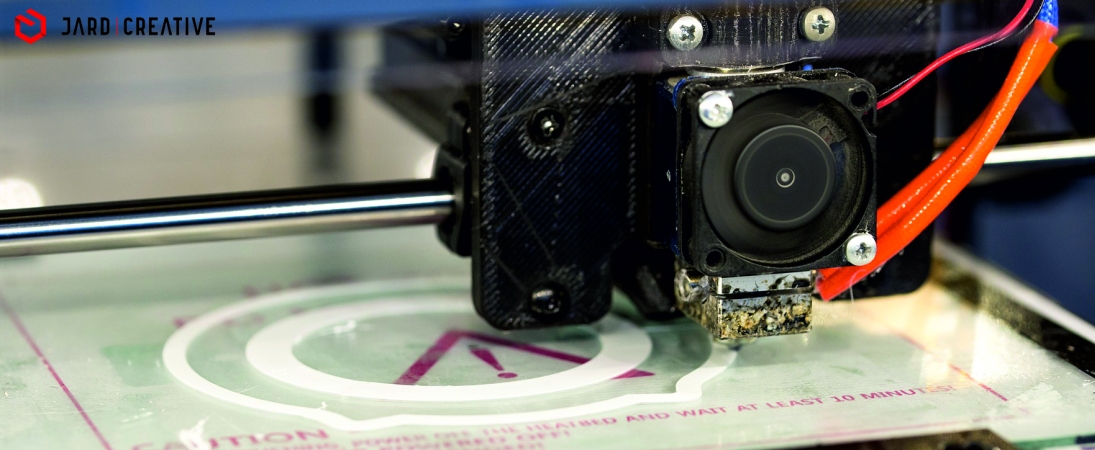The website uses "cookies" for its proper operation. By using the website you agree to its use. Details can be found in the Privacy Policy.
FDM - Fused Deposition Modeling - 3D printing technology from thermoplastics like ABS, PLA or nylon. It consists in the fact that the material in the form of a fishing line is introduced into the print head, where at temperatures of 190ºC - 280ºC it is transformed into a semi-liquid state and distributed layer by layer, creating a ready spatial model.
SLA - Stereolithography - 3D printing technology created in 1984 by Charles Hull, the future founder of 3D Systems. This is the first 3D printing technology in the world that involves curing the resin with laser light. It is characterized by high accuracy reaching, in terms of the size of printed layers, up to the level of several microns. It is used in industry for prototyping very accurate and precise details, as well as in medicine and jewelry to create models for casting molds. The disadvantage of this process is the very slow 3D printing process and the problem with storing the resins themselves, which must be protected from light.
DLP - Digital Light Processing - 3D printing technology with light-cured resins, consisting in exposing subsequent layers of resin with light emitted by the projector. The projector emits an image that creates a single layer of the model. Then another layer of resin is poured and the projector emits another image. Printouts made in this technology are characterized by high accuracy at the level of several dozen microns. Unfortunately, the 3D printing process is quite lengthy. DLP technology is used in medicine, prosthetics, jewelry as well as electronics and industry in the context of details with a high degree of detail reproduction.
PolyJet / MJM - 3D printing technology developed by Objet (now Stratasys). It consists of spraying light-curing resin on a work table and curing it with UV light. It is characterized by high accuracy of prints, does not require special treatment and finishing after finishing work. It is mainly used in industry and medicine. At the same time, it is quite an expensive technology, both in terms of the cost of machines and consumables. The name MJM (Multi Jet Modeling) is the name of this technology used by 3D Systems, which also manufactures machines in this technology.
CJP - Color Jet Printing - 3D printing technology based on printing full-color objects from gypsum powder. It consists in pouring powdered material over the entire surface of the working chamber with a given layer height, and then selectively applying a special binder that bonds individual layers. When applying the binder, the appropriate color for the point is also applied. After the 3D printing process is completed, the model is extracted from non-aggregate powder and purified. CJP technology is one of the most accurate 3D printing technologies, but the obtained models are only conceptual in nature, because due to the type of material, they do not have adequate strength to treat them in a usable manner.
SLS - Selective Laser Sintering - 3D printing technology based on sintering of powdered polymers at high temperatures. The 3D printing process involves the spreading of layers of powdered material, followed by selective sintering layer by layer until a ready spatial model is obtained. Apart from DMLS devices, 3D printers printing in SLS technology are among the most complex and therefore the most expensive on the market. Suitable infrastructure and technical facilities as well as highly specialized personnel are required to operate them.
DMLS -Direct Metal Laser Sintering - 3D printing technology with powdered metal sintered with selective laser light. The 3D printing process involves the spreading of powdered metal layers, followed by selective sintering layer by layer until a ready spatial model is obtained. After finishing the 3D printing process, the model should be removed (cut out) from the work table. 3D printers printing in DMLS technology are among the most complex and therefore the most expensive on the market. Prices of metal printing machines start at PLN 1m. For this, appropriate infrastructure and technical facilities are required, as well as highly specialized personnel to operate this type of equipment.
If you would like to learn more about 3D printing, write to us at biuro@jardcreative.com!
